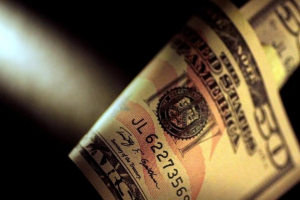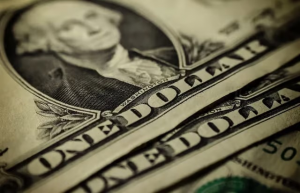Just when it seemed that the dollar was regaining some of its confidence, the U.S. decision to impose a 104% tariff increase on China led to a new decline in demand for the American currency.
Interestingly, the sell-off of the dollar yesterday favored European currencies, possibly based on the view that the EU's measured response to the U.S. tariffs could make reaching a trade agreement more likely, as suggested by ING currency analyst Francesco Pesole.
The analyst noted that one of the reasons the dollar is significantly negatively affected by the additional tariffs on China is the market's perception that there are no immediate alternatives for certain Chinese products, which implies greater inflationary or recessionary risks for the U.S. economy. In contrast, there is a diminishing negative impact of those tariffs on Chinese exporters.
While it is true that Trump has begun negotiations with other key partners (such as Korea yesterday), the technical timeline for reaching trade agreements is not short, especially given the large number of parties involved in those discussions simultaneously.
If this coincides with an additional widening in the spread between the 10-year bond yields across the Atlantic (which moved from 154 to 175 basis points in the past 24 hours), it could serve as an additional signal of declining confidence in dollar-denominated assets, adding pressure on the U.S. dollar as its image as a safe haven diminishes.
It is believed that the risk balance today leans toward a downward trend for the Dollar Index (DXY), and we might witness a break of the 102.0 level.













